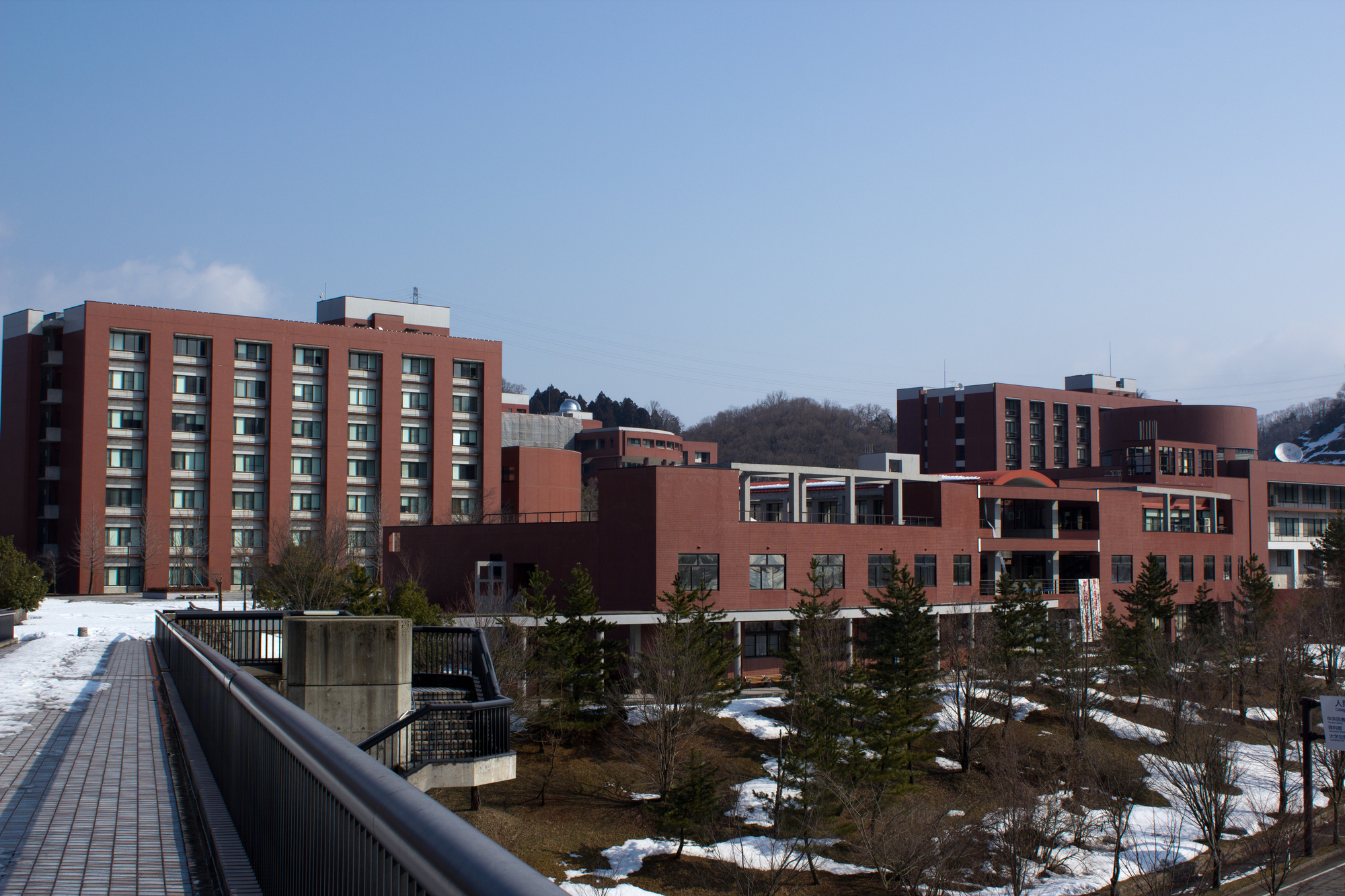A research group led by Professor Kao Saga of the Department of Chemistry, Faculty of Science and Technology, Kinki University has succeeded in artificially creating "inverted chlorophyll" that does not exist in nature.Since it can actually photosynthesize, it is expected to expand to increase food production.
Photosynthesis is a reaction that efficiently converts sunlight and plays an important role in maintaining food, energy, and the environment on the earth.Plants and algae that are currently prospering on the earth contain chlorophyll that photosynthesizes, so they make effective use of visible light (visible light) that occupies most of the sunlight.
In this study, bacteriochlorophyll (a major pigment of photosynthetic bacteria that does not generate oxygen) in the protein is reacted by reacting the protein that absorbs light as it is under oxidative conditions among the bacteria that perform photosynthesis (photosynthetic bacteria). Succeeded in converting to a pigment that does not exist in nature.This pigment is an "inverted chlorophyll" whose carbon bond pattern is inverted by 180 ° from the chlorophyll present in plants.
This new chlorophyll has a molecular skeleton (porphyrin skeleton) common to chlorophyll, which is the green element of plants, and heme, which is the red element of blood.It was also found that visible light can be absorbed and its energy transmitted within the protein, that is, actual photosynthesis is possible.As a result, the repertoire of pigments that are important for life (pigments of life) has been expanded.
The formation of "reversed chlorophyll" is an experimental demonstration that organisms can acquire non-existent chlorophyll, and is an important achievement in elucidating the evolution of organisms.In the future, it can be expected to expand food production by artificially adjusting the light available to photosynthetic organisms to increase photosynthetic capacity and promote the growth of agricultural products.
Paper information:[Scientific Reports] In situ formation of photoactive B-ring reduced chlorophyll isomer in photosynthetic protein LH2


